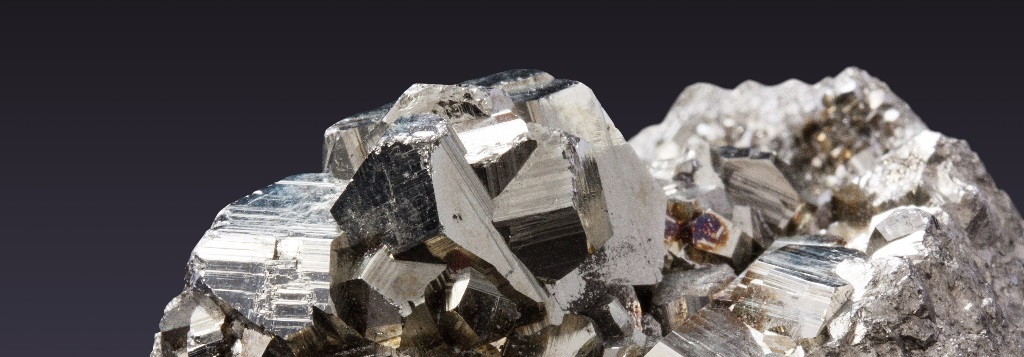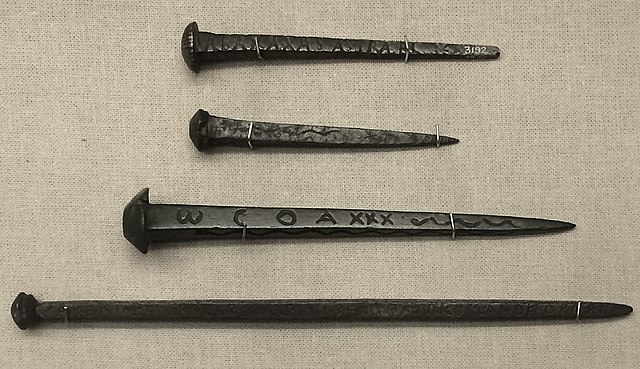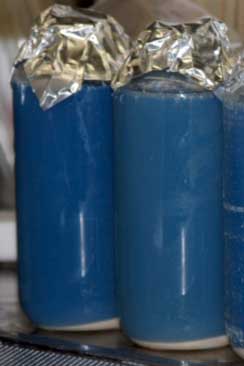Copper
With Iron and its derivatives resistant to enchantment and toxic to spirits, copper and its alloys are the primary metals societies turned to to make anything other than exclusively practical tools.
Properties
Compounds
Copper is rarely used in its pure form due to its softness. Its most common compounds, brass and bronze, are both excellent arcane conductors and reistant to corrosion.
Brass
Brass is created from copper and zinc (Zn), with brass being graded by zinc content (5% at the lowest end, up to 67%). It's malleability lends itself to a range of applications, inluding water pipes, electracal circuits, low-friction bearings, and musical instruments. This last application has given metalworkers' guilds a strong correlation with music and dancing.Bronze
A mixture of copper and 12-12.5% tin, bronze is the most widely used copper alloy, due to its toughness. Other elements can be added to bronze to give the alloy different properties, such as varying ductility, hardness, or machinability.Gunmetal
A specialised type of bronze made from approximately 88% copper, 8-10% tin, and 2-4% zinc. Gunmetal was, as the name suggests, origianlly used for making guns, but is also used to make steam and hydraulic casings, gears, and valves.Origin & Source
Copper is extracted in the form of copper sulphide from via open pit mines in areas of volcanic activity, both historic and current.
Distribution
Copper mines are common in $CONTINENT1 and $CONTINENT2, but less common in the rest of the world and unknown in $CONTINENT3. This distribution means that countries such as $COUNTRY and $COUNTRY have controlled much of the world's supply of copper, and given them a siginifcant advantage technologicaly, militarily and diplomatically.History & Usage
Everyday use
Where steel tools will insulate the product from the crafter's intention, copper and copper alloys are used for any tool where enchantments are to be worked into either the tool itself, or the finished product.
In the image below, bronze nails have been scribed with enchantments that grant the structure they're used in (from top to bottom) strength and durability, protection from fire, good fortune for the inhabitants, and permanence.
Bronze's inability to create sparks means it is also the material of choice when working in volatile and highly flammable environments.
Cu
63.546Haemocyanin
Copper comprises the oxygen-carrying component in magen blood, haemocyanin, which gives them blood that is dark blue when oxygenated and colourless when deoxygenated.
Type
Metal
Value
High
Rarity
Common
Color
Pink-orange (pure) ; brown-black (oxide) ; green (patina)
Boiling / Condensation Point
2835 K (2562 °C, 4643 °F)
Melting / Freezing Point
1357.77 K (1084.62 °C, 1984.32 °F)
Density
8.96 g/cm3
Common State
Solid
Related Species
Remove these ads. Join the Worldbuilders Guild





Comments